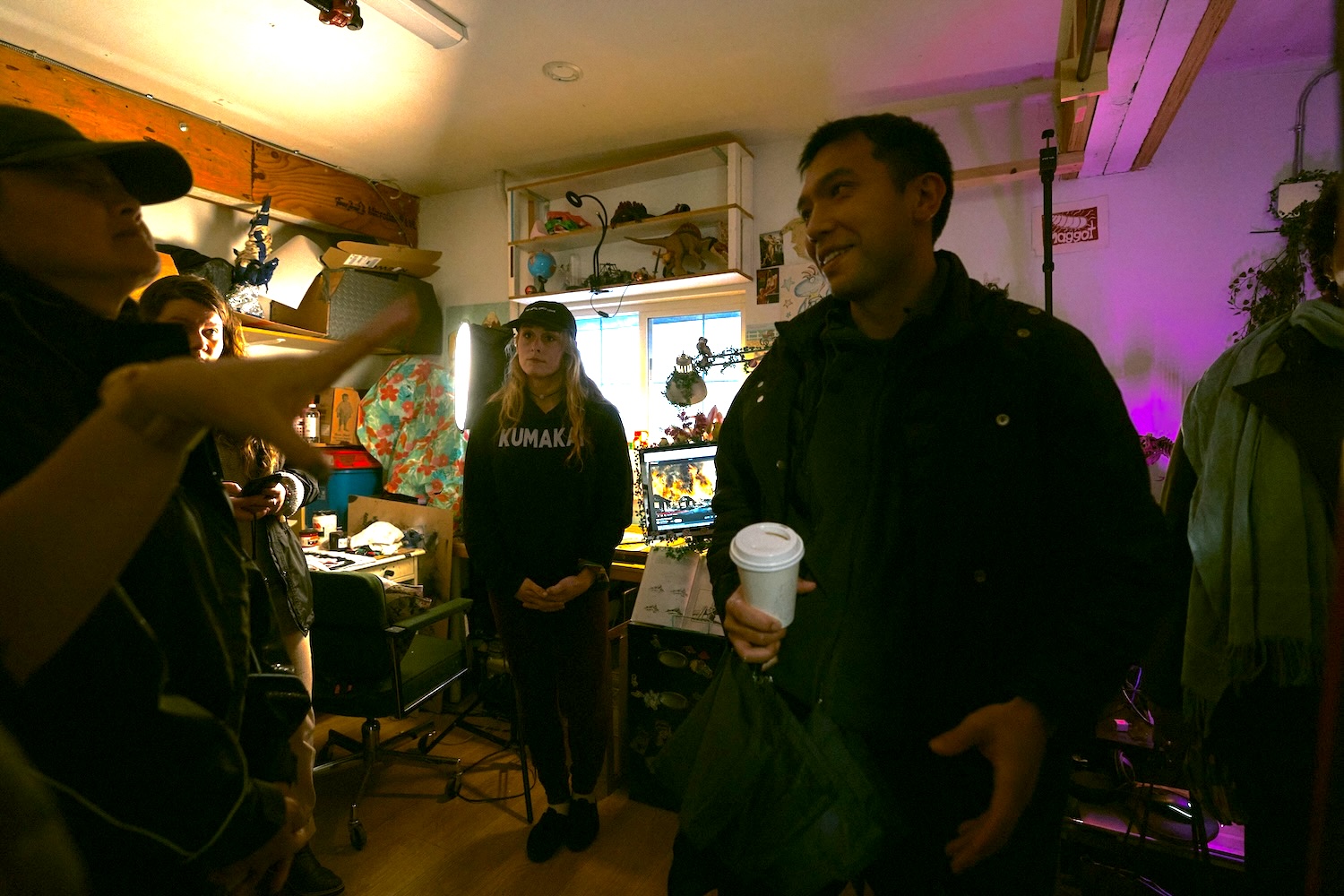A new door opens:
221A’s initial read of yesterday’s federal budget announcement shows a potential opportunity for the cultural sector to secure community-controlled real estate assets under the proposed $51 billion Build Communities Strong fund. Under this fund is a proposed Community Stream for local infrastructure projects. Specifically: The existing Canada Community-Building Fund will be rebranded as the initiative’s Community Stream. This stream will, as planned, provide $27.8 billion over 10 years, starting in 2026-27, and $3.0 billion per year ongoing to support local infrastructure projects.
But another door closes:
221A is concerned about the decision to reduce and limit the Canada Cultural Spaces Fund (CCSF). This program administered by Canadian Heritage provides grants and contributions to support the physical infrastructure of arts, culture and heritage organizations across Canada. As the announcement reads:
“The funding envelope of the Canada Cultural Spaces Fund will be reduced and reoriented to focus solely on funding specialized equipment in the cultural sector, offering a cost-effective way to upgrade cultural facilities.”
Arts infrastructure proponents will now need to compete in a larger pool of infrastructure funding, that will rely on program criteria that recognizes the unique importance of culture that may not be as immediately apparent as swimming pools, hockey rinks, parks, and RCMP facilities.
Continued stability at the Canada Council:
In more positive news, the Canada Council for the Arts was not included in the list of planned budget reductions. Instead, it will receive $6 million over three years beginning in 2026–27 to support professional artists and arts organizations. As CEO Michelle Chawla shared on Linkedin, “100% of these new funds will be delivered to the community as soon as we are able.” The Council’s continued stability ensures that the arts remain recognized as vital to Canada’s cultural, social, and economic fabric.
